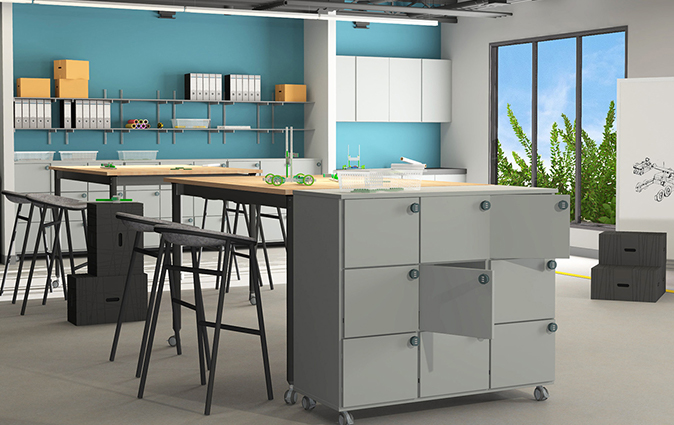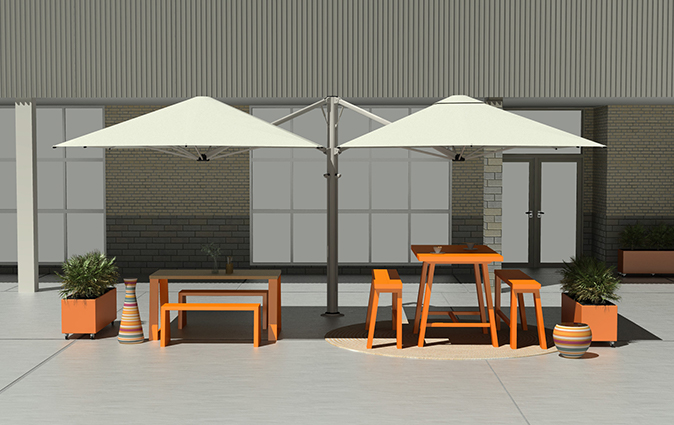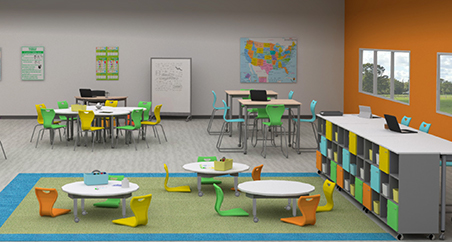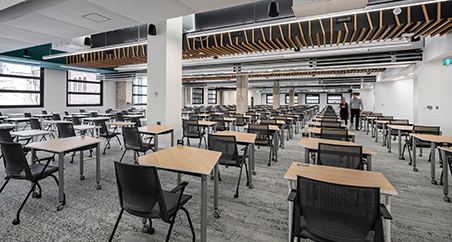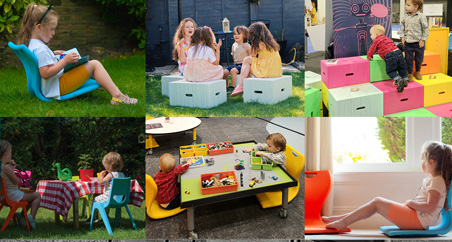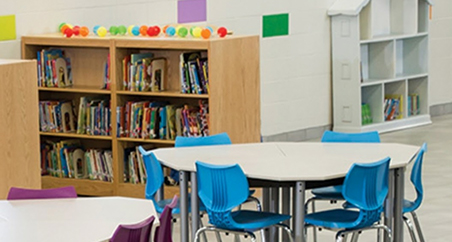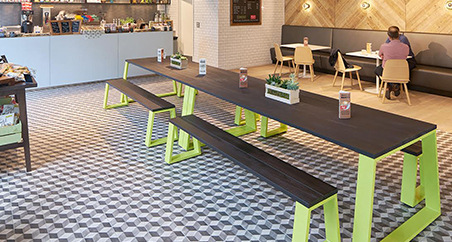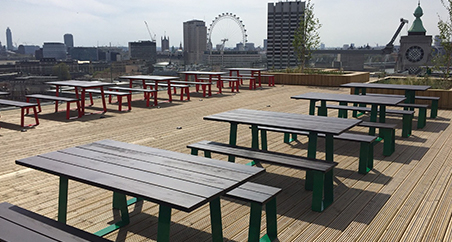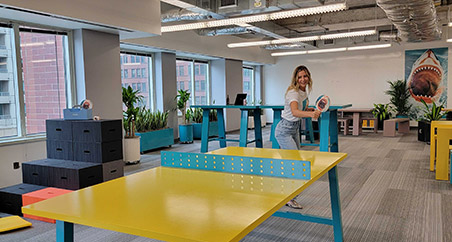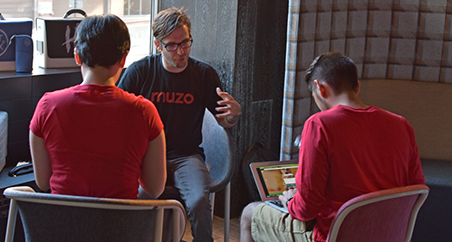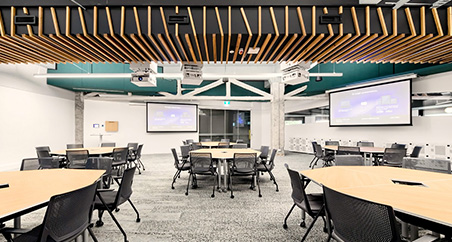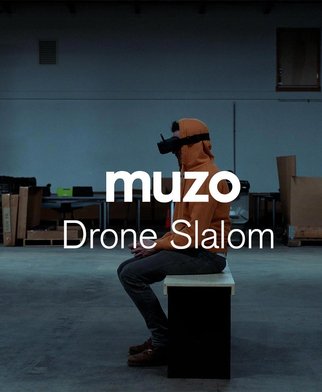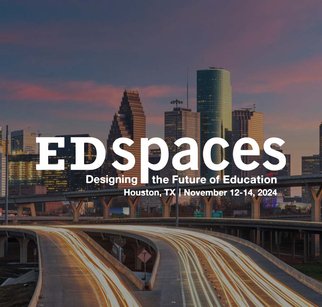
Muzo is proud to soon be joining forces with one of the most progressive learning providers in the world today. Learnlife, based in Barcelona, Spain, describe themselves as a “group of changemakers united by our passion to create a new lifelong learning paradigm”.
We sent our team to Barcelona to discover Learnlife’s mission, and how it aligned with Muzo’s own values.
Assimilating indoor and outdoor learning
Learnlife comprises two main ‘learning hubs’, on the seafront and in Barcelona city center. The ‘nature hub’ offers both an indoor and outdoor space for kids of kindergarten age up to 11 years.
In the city, an indoor innovation community and ‘urban hub’ provides experiential learning sessions for older children. Both centers subscribe to the view that standardized learning belongs in the past. As nature hub founder Christopher Pommerening puts it, “standardized learning puts millions of kids through the same processes, which will one day be automated by machines”.
At Learnlife, the mission is to foster ‘personal learning’ instead, using every inch of the environment to teach children something new.
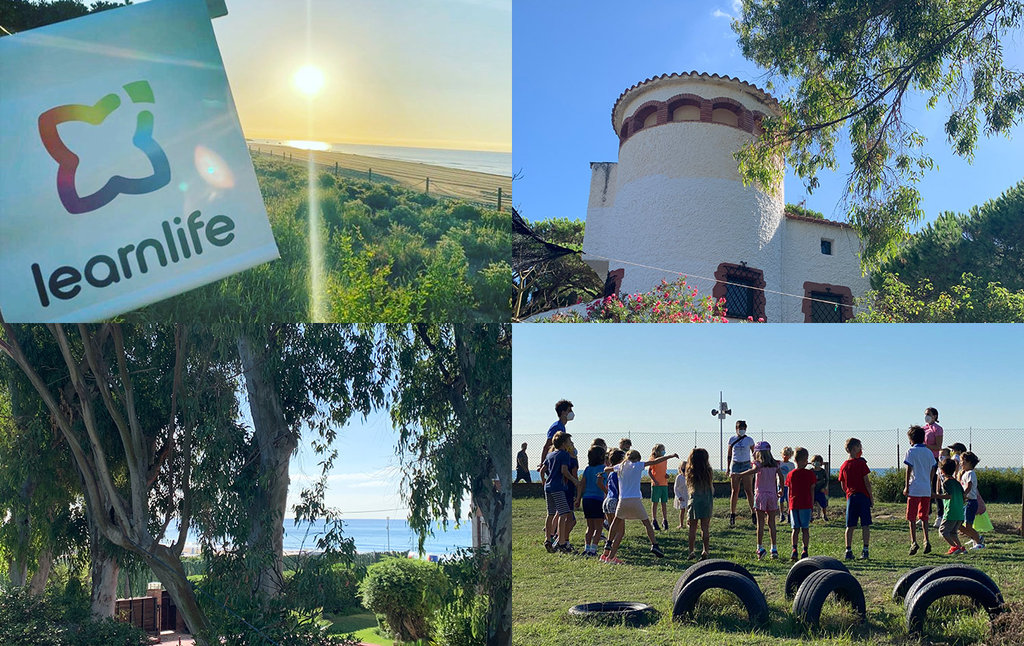
From sailor safe havens to student learning spaces
Learning space architect Sol Espoille takes us around the first of the two spaces, the nature hub. “The building has a rich and unique history,” says Sol. “It was built by a sailor engineer. As the only house in the entire area at the time, it was used to traffic sailors. They would climb to the top of the tower to see when ships were coming.”
This also explains the labyrinthian layout of the hub, with passageways, underground areas, and imposing towers all inexplicably connecting. Though some areas are restricted by space, Sol uses every zone to its full potential.
We’re guided round several non-traditional classrooms, all with interactive features such as writeable walls, and flexible furniture that supports both group and individual learning. “Even the bathroom is a space for learning,” explains Sol. “We are turning these areas into an ‘art gallery’, showcasing different children’s artwork in dedicated frames for a set period of time.”
The hub also takes full advantage of its beautiful location, with a large outdoor play and learning area that overlooks the seafront. Such views are only matched by the ‘Torreon’, a high, cylindrical tower that children can use for “introspective learning”.
“I’m in love with the tower,” says Sol. She tells us how the room was formerly a crowded storage space without windows – dirty and unwelcoming. Today, it has been transformed with 360° windows and multi-level seating, ideal for individual and group work. Christopher adds: “The children see what the space was before and how we’ve changed it. It sparks creativity.”
Experiential learning
One of the best features of both hubs is that ‘teachers’, known in this environment as ‘learning guides’, have not come from a traditional pedagogical background. Instead, they are professionals teaching the tricks of the trade, from advertising to carpentry.
Guille Villena is a former advertising executive, who has been with Learnlife for a year. He notes the differences in “playing” and “being playful”. For example, we see a ‘trepa trepa’ (climbing frame) unit, which encourages play, but also neatly stores books and individual seating areas.
These units, similar to Muzo’s box lounger in design, are also perfect for children with additional needs. Sol tells us: “It’s an iterative process. We’re always learning based on what we observe in the children. Some learners with autism prefer these enclosed spaces.”
Sensory experiences
Over in the city, just minutes from the world-famous Plaça Catalunya, we witness yet another forward-thinking approach to learning. The indoor hub offers full-time education, summer programs and Saturday clubs for Barcelona’s young men and women.
The area, laid out on multiple levels with various breakout areas, encourages both technical and creative pursuits. Hubs for fashion, design, music, food tech, electronics and creative writing encourage collaboration, with motivational quotes adorning the walls.
One area that deserves special attention is a large ‘sensory room’, featuring oversized plants and green walls to mimic a forest. Learning guide Lars Taylor tells us: “The children react really well. We don’t really feel like we’re inside.” She adds that the hub has been able to adjust to pandemic restrictions thanks to its flexible layout.
As we explore the hub, learners are chatting and learning in equal measure, while others are relaxing in multi-level breakout spaces. One ‘quiet area’ has even been designed based on principles outlined by NASA, Sol tells us. The green space features 10 different types of plants to remove toxins from the air and encourage productivity.
Again, we see the benefits of experiential learning in the design technology studio. Joan Urgell Farran talks us through the handmade carpentry designs as overseen by expert learning guides. One innovative stool is made entirely of wood with no adhesives, and can be adapted for both younger and older children.
“No day is typical”
Such a unique learning atmosphere requires a unique set of learning guides. Devin Carberry, Director of Learning Programs, tells us of the atypical recruitment process that learning guides go through.
“Our recruitment process is somewhat dramatic, but everybody says they take something from it. A surprising number of applicants end up becoming friends. First, we invite them to run a collaborative class. Then we’ll ask them to pitch for a project. Finally, we ask how they would respond to challenging scenarios.”
This painstaking process stands learning guides in good stead for what is no ordinary learning environment. “There is no one typical day at Learnlife,” says Devin. “We find that many children who have come from standardized environments lack executive functioning skills. Here they’re doing lots of projects that require them to organize themselves. We base everything we do on their needs.”

The future of learning
When asked what the future is for in and outdoor schools, Christopher tells us there are no schools – only hubs. “Learning can be anywhere. We’re thinking outside the box. There’s no one set age group. We’re learning from our surroundings. Learnlife’s mission is to have the whole world shift to this new paradigm.”
By partnering with Muzo, Learnlife is set to take this even further. As a brand that espouses the values of flexibility, innovation, and change, Learnlife is looking forward to seeing what our furniture solutions can offer.
We’ve seen first-hand what these non-standardized methods can do for children, but nobody says it better than the kids themselves.
“Kids are going from being dragged out of bed to saying, ‘get up Mummy, Daddy! I want to learn!’.”
Check back for regular updates on our collaborations with Learnlife. For more information on the learning hubs, visit Learnlife.com.
